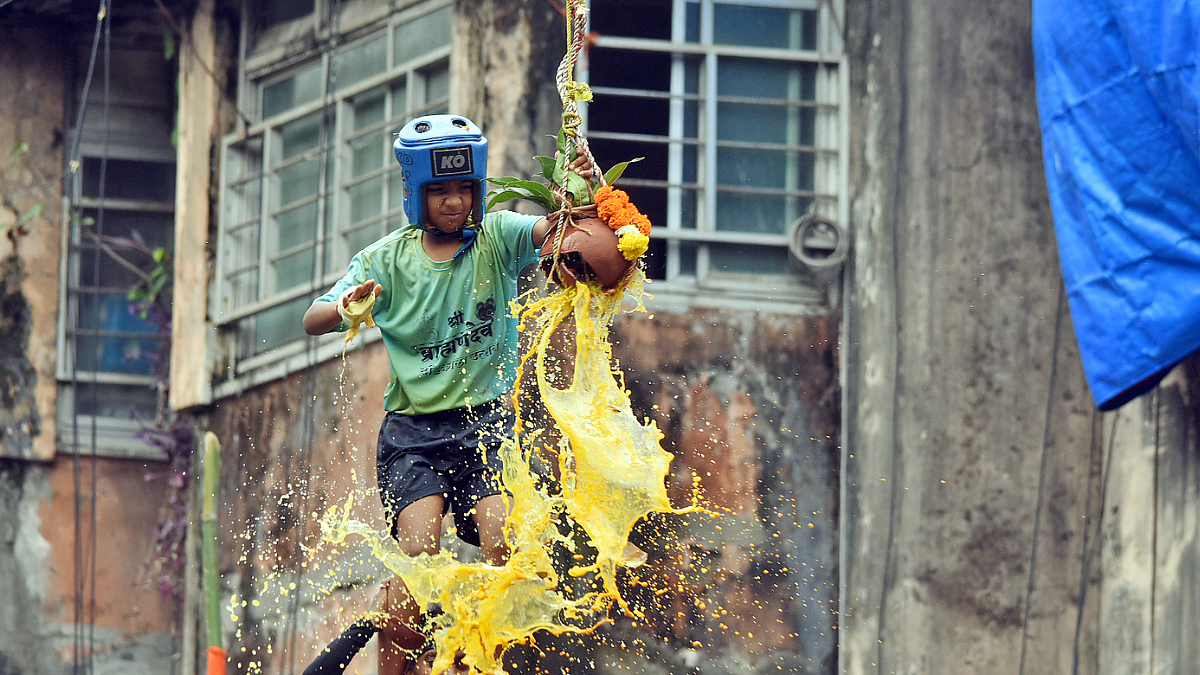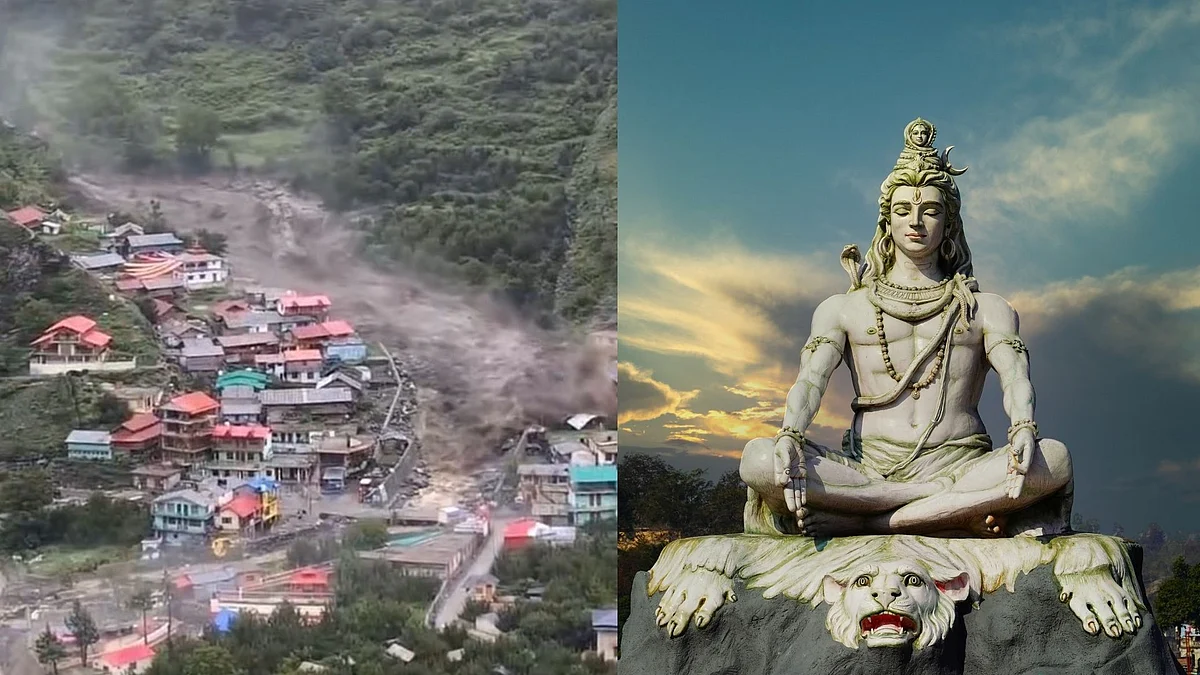A devastating cloudburst struck the upper catchment of the Kheer Ganga river, near the trekking route to Kheerganga, triggering sudden flash floods that ravaged the region. The deluge destroyed homes, hotels, shops, and much of Dharali village in Uttarkashi, Uttarakhand. At least four lives have been lost, with several others reported missing. Large portions of the valley now lie submerged or washed away.
Nestled in the breathtaking Parvati Valley of Himachal Pradesh, Kheerganga is more than just a scenic trekking destination. It’s a spiritual haven steeped in ancient legends, where nature and mythology intertwine to create a powerful aura of devotion, healing, and mysticism.
The divine tale of lord Karthikey’s meditation
According to local folklore, Kheerganga is the sacred site where Lord Karthikey, son of Lord Shiva and Goddess Parvati, went into deep meditation. Feeling betrayed after returning home from a long world tour and discovering that his younger brother, Lord Ganesha, had been made king, the elder sibling chose solitude over power. He retreated to the serene mountains of Kheerganga to renounce worldly attachments and seek inner peace.
The story behind Ganesha becoming king
The legend begins with a challenge set by Lord Shiva, asking his sons-Karthikey and Ganesha-to circumnavigate the world. While Karthikey embarked on an actual global journey, Lord Ganesha, with his clever wit, circled around his parents, symbolising that they represented his entire world. Impressed by this gesture, Lord Shiva declared Ganesha the rightful king.
When Karthikey returned after his exhaustive travels, he was disheartened to find his younger brother in a position of power. Disillusioned and heartbroken, he left for the mountains and immersed himself in penance at what we now know as Kheerganga.
Parvati’s Gift: The River of Kheer
In an effort to bring their son back, Goddess Parvati and Lord Shiva visited the meditating Karthikey. Moved by her son’s devotion and pain, Parvati is believed to have created a divine stream of kheer (sweet rice pudding) flowing from the mountains -symbolising her eternal love and warmth. This celestial stream gave the region its name: Kheer-Ganga, meaning “the river of kheer.”
From divine kheer to healing hot springs
As time passed and the age of Kalyug approached, it is believed that Lord Parshuram foresaw future conflicts over this divine gift. To avoid chaos and greed among mortals, he stopped the kheer from flowing. What remained were the natural hot water springs we see today.
Visitors often note the presence of white rubbery particles in the water, believed to be remnants of the celestial kheer. The hot springs are rich in natural minerals and are known for their healing properties, especially in soothing stomach-related ailments and joint pains.
Why Kheerganga remains spiritually powerful?
Locals believe that Lord Shiva himself meditated in the caves of Kheerganga for thousands of years, drawn to the tranquility of this mountainous sanctuary. Even today, the region resonates with spiritual energy, attracting pilgrims, sadhus, and seekers of inner peace.










